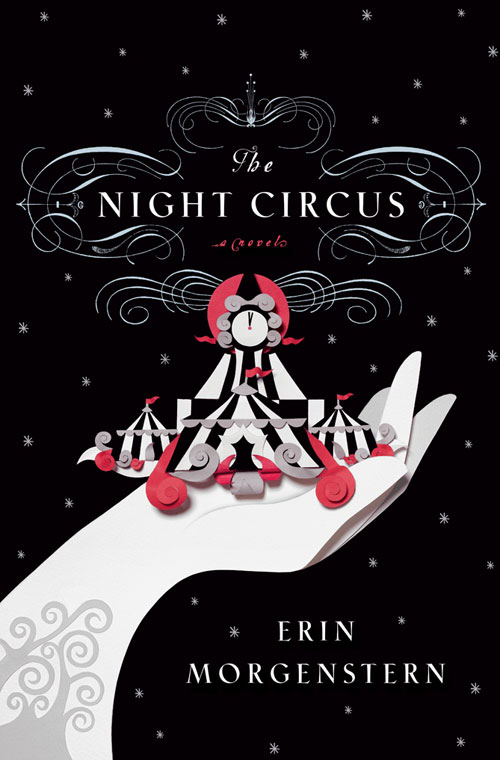
The librarians at the Glencoe Public Library have compiled a list of their favorite books from the last year. Read and enjoy!!
FICTION
On Canaan’s Side. Barry, Sebastian
City of Thieves. David, Benioff
An Uncommon Reader. Bennett, Alan
The Lake. Yoshimoto, Banana
I am Half Sick of Shadows. Alan Bradley
Year of Wonders. Brooks, Geraldine
Caleb’s Crossing. Brooks, Geraldine
A Small Hotel. Butler, Robert
Once Upon a River. Campbell, Bonnie Jo.
The Grief of Others. Cohen, Leigh
Sarah’s Key. De Rosnay, Tatiana
Room. Donoghue, Emma
The Girl Who Fell from the Sky. Durrow, Heidi
The Keep. Egan, Jennifer
When We Danced on Water. Fallenberg, Evan
You Know when the Men are Gone. Fallon, Shiobhan
Extremely Loud and Incredibly Close. Foer, Jonathan Safran
Left Neglected. Genova, Lisa
Dead Souls. Gogol, Nikolai
The Cookbook Collector. Goodman, Allegra
When She Woke. Jordan, Hillary
The Typist. Knight, Michael
The Girl in the Green Raincoat. Lipman, Laura
The Oracle of Stamboul: A Novel. Lukas, Michael David
Sister. Lupton, Rosamund
From the Land of the Moon. Milena, Agus
1Q84 - Murakam, Haruki
Bound. Nelson, Antonya
Emily Alone. O’Nan, Stewart.
The Invisible Bridge. Orringer, Julie
The Buddha in the Attic. Otsuka, Julie
State of Wonder. Patchett, Anne
Trick of Light. Penny, Louise
The Leftovers. Perrota, Tom
Secret of the White Rose. Pintoff, Stephanie
Doc: A Novel. Russell, Mary Doria
The Story of a Beautiful Girl. Simon, Rachel
Major Pettigrew’s Last Stand. Simonson, Helen
The Dog Who Came in From the Cold. Smith, Alexander McCall.
The Year We Left Home. Thompson, Jean
The Barbarian Nurseries. Tobar, hector
Rules of Civility. Towles, Amor
The Book of Joe. Tropper, Jonathan
Clara and Mr. Tiffany. Vreeland, Susan
Among others. Walton, Jo.
The Legacy. Webb, Katherine
The Lover. Wilson, Laura
The Uncoupling. Wolitzer, Meg
NONFICTION
Endgame. Bio. Fisher
Unbroken. Bio. Zamperini
The Psychopath Test. 616.85 RON
Catherine the Great. Bio. Catherine II
The Tiger. 599.756 VAI
Genius of Place. Bio Olmsted
The Greater Journey: Americans in Paris. 944.361 MCC






